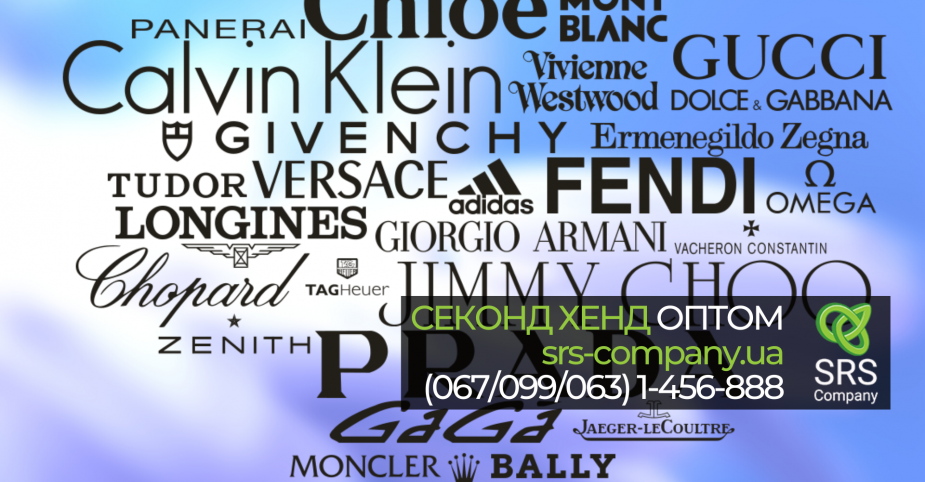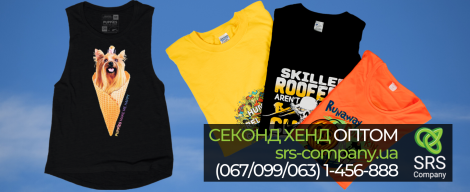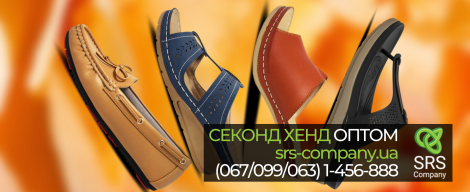 />
/>
Buying a used Louis Vuitton bag is no longer a dubious deal, but a trend of the times! Among those who prefer to buy things on the Internet, now you can find not only lovers of low prices, but also connoisseurs of luxury items.
Some used buyers are no longer looking for a bargain. They are interested in purchasing luxury items from the secondary market. The number of such people is growing, especially among young people, because vintage is cool and exclusive!
For a long time, high-end brands have been dubious about online sales, let alone aftermarket. Although Cartier offers used items in some of its boutiques, and recently Valentino and Gucci began selling vintage items, this is just an additional bonus for buyers, and not a separate line of business.
Today's world extends far beyond luxury stores and out of the control of their owners. High-end boutiques do not play a leading role and are giving up the initiative to other players in the secondary luxury goods market.
Luxury things and their fakes
Consulting firm Bain & Company estimates that the market for used luxury goods, which includes bags, apparel, jewelry and watches, was € 33 billion ($ 37.2 billion) in 2021, up 65% from 2017. During the same period, the primary market for luxury goods grew by only 12%.
However, there is one big problem for those who "hunt" for vintage luxury goods - because where there is an opportunity to make good money, there is a high probability of encountering unfair or even illegal activities.
Earlier, after returning home from a trip, people talked about isolated cases of the possibility of acquiring replicas of expensive brands. Today it is already a huge market for workshops for fakes of well-known brands. This is evidenced by media outlets around the world, which regularly report that customs officials seize entire consignments of counterfeit goods.
The authenticity of the product is the main value
For buyers of branded items, confidence that the product they are buying is genuine is much more important than its value. That is why many second-hand shops began to give their customers guarantees of the authenticity of the purchased items. Some stores even come up with self-explanatory names to make things clear. For example, one of these second-hand stores is called RealReal. The company, founded in 2011, sells high quality clothing, jewelry, art and home furnishings. Initially, RealReal operated as an online store, but opened its first retail boutique in 2017. At the moment there are 15 such boutiques and they are all located in the USA.
In mid-2019, the company listed its shares on the exchange and raised $ 300 million, which indicates that investors are showing great interest in this sector. RealReal now calls itself “the world's largest online marketplace for guaranteed luxury goods” with 24 million users.
Luxury brands discover the second hand market
Leading brands are gradually coming closer to understanding what the second hand market is. For example, Kering, which owns the Gucci brand, has invested in the Vestiaire Collective platform for aftermarket sales.
And in the US and UK, the online auction eBay began to guarantee the authenticity of certain goods: sellers show expensive items to an independent expert before sending them to the buyer. American users can use this service when purchasing from retailers in the United States, United Kingdom, Germany, Italy, Canada, Australia, Japan, and South Korea.
Such expertise is possible in 3 product categories: watches from $ 2,000, designer bags from $ 500, new sneakers from $ 100 or used ones from $ 150. This technique does not cover all brands, but they include such well-known brands as: Dior, Prada, Chanel, Gucci, Hermes, Goyard, Rolex, Omega and Saint Laurent.
The demand for luxury goods is driven by youth
The current growth in the used luxury goods market is driven by 2 factors: wealthy young online shoppers and an overall strong demand for these items.
According to a study published in November by Bain & Company, by 2025 wealthy shoppers - active users of TikTok, Twitter and Instagram - will account for 70% of consumers in the global luxury goods market. Unsurprisingly, many of these digital shoppers don't see the need for offline shopping and aren't afraid to make expensive purchases online.
With regard to the geography of demand, the leaders are the United States, which now accounts for 31% of the global luxury goods market, as well as China, which has doubled its share over the past two years - to 21%. Bain has high hopes for this segment and expects first-hand sales to grow by 6-8% annually, reaching € 360-380 billion by 2025. These numbers indicate that there will soon be many luxury items on the secondary market that can be bought from the comfort of your home and without fear of their authenticity.



